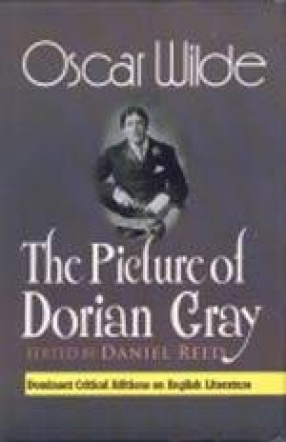Wilde published his only novel, The Picture of Dorian Gray, before he reached the height of his fame. The first edition appeared in the summer of 1890 in Lippincott’s Monthly magazine. It was criticized as scandalous and immoral. Disappointed with its reception, Wilde revised the novel in 1891, adding a preface and six new chapters. The preface (as Wilde calls it) anticipates some of the criticism that might be leveled at the novel and answers critics who charge The Picture of Dorian Gray with being an immoral tale. It also succinctly sets forth the tenets of Wilde’s philosophy of art. Devoted to a school of thought and a mode of sensibility known as aestheticism, Wilde believed that art possesses an intrinsic value–that it is beautiful and therefore has worth, and thus needs serve no other purpose, be it moral or political. This attitude was revolutionary in Victorian England, where popular belief held that art was not only a function of morality but also a means of enforcing it. In the preface, Wilde also cautioned readers against finding meanings "beneath the surface" of art. Part gothic novel, part comedy of manners, part treatise on the relationship between art and morality, The Picture of Dorian Gray continues to present its readers with a puzzle to sort out. There is as likely to be as much disagreement over its meaning now as there was among its Victorian audience, but, as Wilde notes near the end of the preface, "Diversity of opinion about a work of art shows that the work is new, complex and vital.
Oscar Wilde’s The Picture of Dorian Gray: Complete, Original and Unabridged Authoritative Text with Selected Criticism and Background Notes
In stock
Free & Quick Delivery Worldwide
Bibliographic information
Title
Oscar Wilde’s The Picture of Dorian Gray: Complete, Original and Unabridged Authoritative Text with Selected Criticism and Background Notes
Author
Edition
1st ed.
Publisher
ISBN
8178884496
Length
xx+314p.
Subjects








There are no reviews yet.